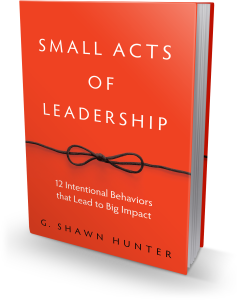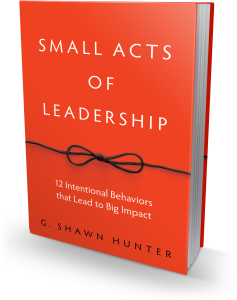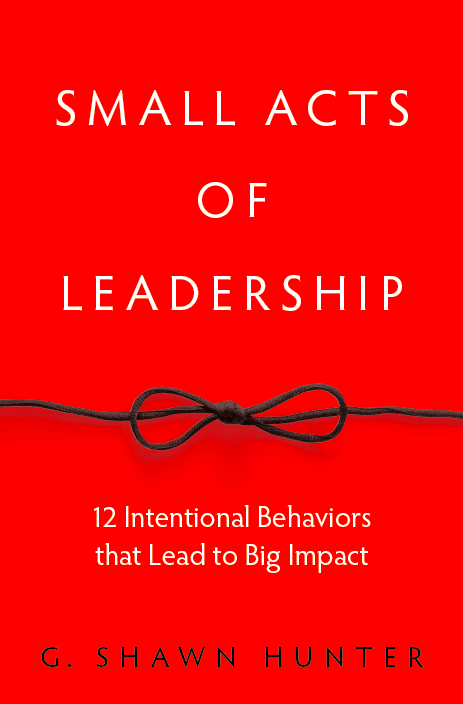Real Moments Will Not Be Televised
The single biggest problem in communication is the illusion that it has taken place.
– George Bernhard Shaw
It’s school vacation week here in New England and we’re out skiing with the family. It’s pretty cold, and early afternoon yesterday, we sat on the chairlift chatting about taking a break and warming our toes. There was a lull in the rhythm of the day, and our minds started to drift on to the next thing. Someone next to me on the chairlift pulled their hand out of a warm glove and reached for their phone. We weren’t quite present.
Minutes later, we bumped into a few friends on the hill. And then a few more. Within half an hour we were a posse of eight racing through the woods, bouncing among the mogul fields, carving down the mountain, and drifting among each other having new, interesting conversations. It went on for a couple hours. We forgot about our toes and chilled cheeks, and instead deepened our play, deepened our conversations. We were very present and alive. We also created new relationships and deepened others, all in the span of a couple hours.
These are the moments we search for, the moments of meaning and companionship. It’s reflexively easy to reach for a phone and wander through the fast food of social media seeking a quick dopamine hit. Scrolling through Twitter or Instagram in a passive fog never quite finding satisfaction or joy in the effort. Quite a few studies have shown that taking a digital detox from social media predictably improves our sense of happiness and well-being. Other studies clearly show that social media just increase stress and anxiety.
Here’s a useful way to look at it. Nothing substitutes for in-person face-to-face human connection and time together. So think of your digital life as supportive tools to help create more meaningful human interactions. With location services and social updates you can easily triangulate where your friends and family are so you can meet up with them and have in-person, face to face human interactions. I discovered my friend was in town so we texted to have a coffee. In moments together we experience the nuance and joy of real human connection – the tonal inflection, facial changes, gestures, posture and gaze.
Albert Mehrabian, author of Silent Messages, famously posited that 93% of our communication isn’t even in the actual words we use. He found that 7% of any message is conveyed through words, 38% through vocal intonation, and 55% through nonverbal elements, such as body language and posture. I think the truth varies but whoever true communication happens, we won’t find deep communication through Facebook.
As Cal Newport describes his approach to digital minimalism, first ask yourself What are my values? and What kind of life to I want to be living that is fulfilling? and then layer in a digital life that supports those goals. So instead of asking yourself whether you prefer Instagram or Twitter, instead ask yourself if Twitter serves a purpose that supports your life goals.
It’s important to understand that how we consume media affects the way our brain is wired for deep thinking. Fast media doses of high speed, low attention, vacuous, binge watching media disrupts our ability to think deeply and creatively. Try slow media instead.
“If every moment of potential boredom in your life — say, having to wait five minutes in line or sit alone in a restaurant until a friend arrives — is relieved with a quick glance at your smartphone, then your brain has likely been rewired to a point where it’s not ready for deep work.”
– Cal Newport
Interested in a learning experience on being present and mindful as a leader? Try Karen Hough’s new course, The Art of Leadership Presence.
- ____________________________________________________

Last summer, my son and I bicycled across America with two other dads and their teenagers. We published a new book about it called Chasing Dawn. I co-authored the book with my cycling companion, the artist, photographer, and wonderful human jon holloway. Grab a copy. I’ll sign it and send it to your doorstep.

 Shawn Hunter is President and Founder of
Shawn Hunter is President and Founder of  Shawn Hunter is President and Founder of
Shawn Hunter is President and Founder of  Shawn Hunter is President and Founder of
Shawn Hunter is President and Founder of  Shawn Hunter is President and Founder of
Shawn Hunter is President and Founder of  Shawn Hunter is President and Founder of
Shawn Hunter is President and Founder of  Shawn Hunter is President and Founder of
Shawn Hunter is President and Founder of